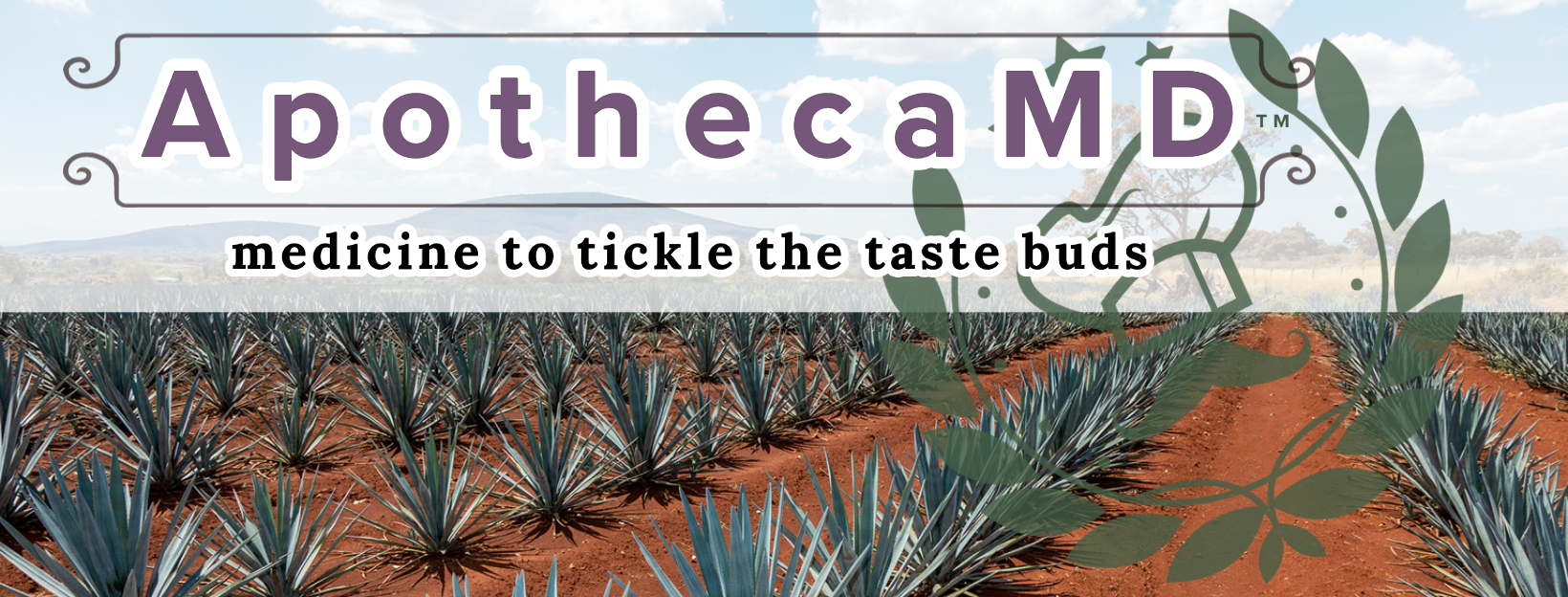Quercetin Relieves the Excised Great Saphenous Vein Oxidative Damage and Inflammatory Reaction
Evid Based Complement Alternat Med. 2021 Dec 31;2021:6251559. doi: 10.1155/2021/6251559. eCollection 2021.
ABSTRACT
OBJECTIVE: The patency and quality of transplanted great saphenous vein (GSV) can seriously influence the physical state and life quality of patients who accepted the coronary artery bypass grafting (CABG). Quercetin is known for antioxidant, antithrombotic, anti-inflammatory, and antitumor properties. In this study, we examined the protection of quercetin to the great saphenous vein from oxidative and inflammatory damage.
METHODS: The GSVs were collected from 15 patients undergoing CABG and cultured. Treated the veins by H2O2 and detected the NO, SOD, and MDA content by the relevant kits to explore the quercetin protection against oxidative damage. Then, for another group of GSVs, sheared them and detected the inflammatory cytokines, such as IL-6, TNFα, CCL20, PCNA, and VEGF. Collect the veins for H&E staining and PCNA and VEGF immunofluorescent staining.
RESULTS: Pretreatment by quercetin reduced the production of NO and MDA induced by H2O2, and increased SOD activity. Quercetin also supressed the mRNA expressions of IL-6, TNFα after mechanical damage and had no influence on CCL20 and VEGF. Consistent with the lower expression of PCNA treated by quercetin, the vein intima was thinner.
CONCLUSION: These results demonstrated that quercetin protects GSVs by reducing the oxidative damage and inflammatory response and also suppresses the abnormal thickening of venous endothelium by inhibiting cell proliferation. It reminded that, to some extent, quercetin has the potential to release the great saphenous vein graft damage.
PMID:35003306 | PMC:PMC8741364 | DOI:10.1155/2021/6251559

